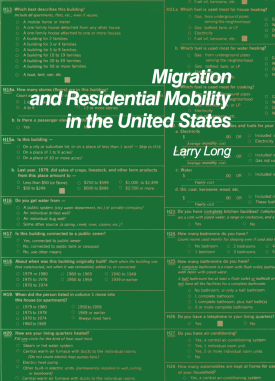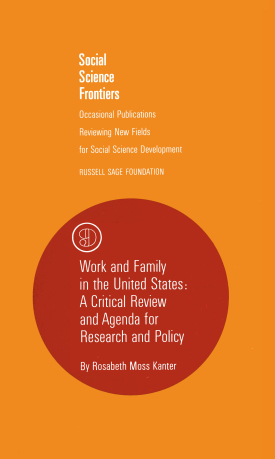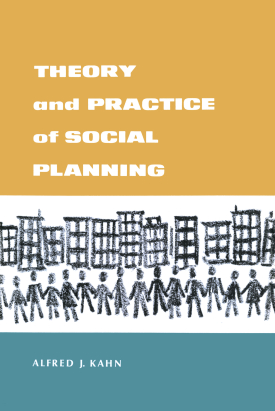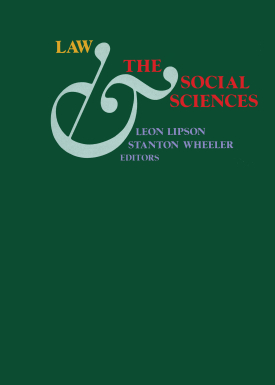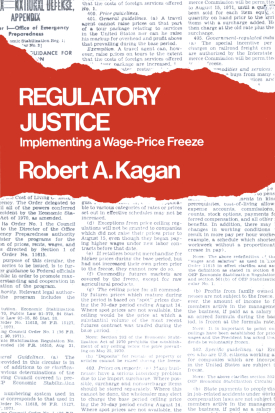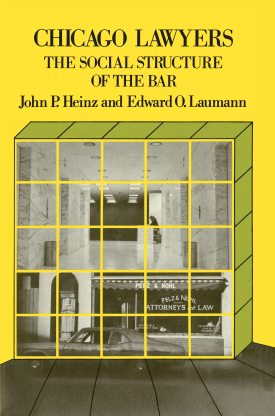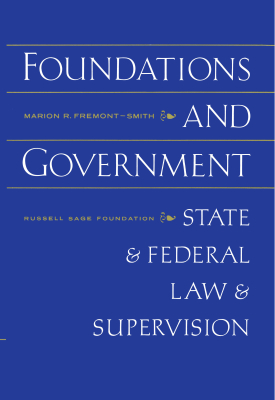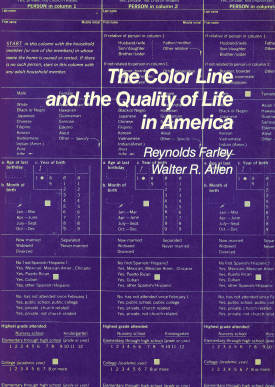This feature is part of a new RSF blog series, Work in Progress, which highlights some of the ongoing research of our current class of Visiting Scholars.
Though by many accounts the U.S. is becoming a more egalitarian society in terms of racial attitudes, unconscious biases still linger. Though people may be less likely to admit to these biases in public, the persistence of racial prejudice continues to shape not only our interpersonal interactions, but also the way in which resources are distributed in society. Stacey Sinclair, Associate Professor of Psychology & African American Studies at Princeton and a current RSF Visiting Scholar, studies the connections between people’s implicit prejudices and their interpersonal interactions, and maps out how these interactions on the micro level translate to larger societal attitudes about race and ethnicity.
In a new interview with the Foundation, Sinclair discussed some of her recent research on implicit prejudice and offered solutions for rectifying some of the inequalities caused by these unconscious biases. To read more about her work during her time in residence, click here.
Q. Your current research investigates implicit prejudice, specifically implicit racial prejudice. What is implicit prejudice and how is it measured in a lab setting?

